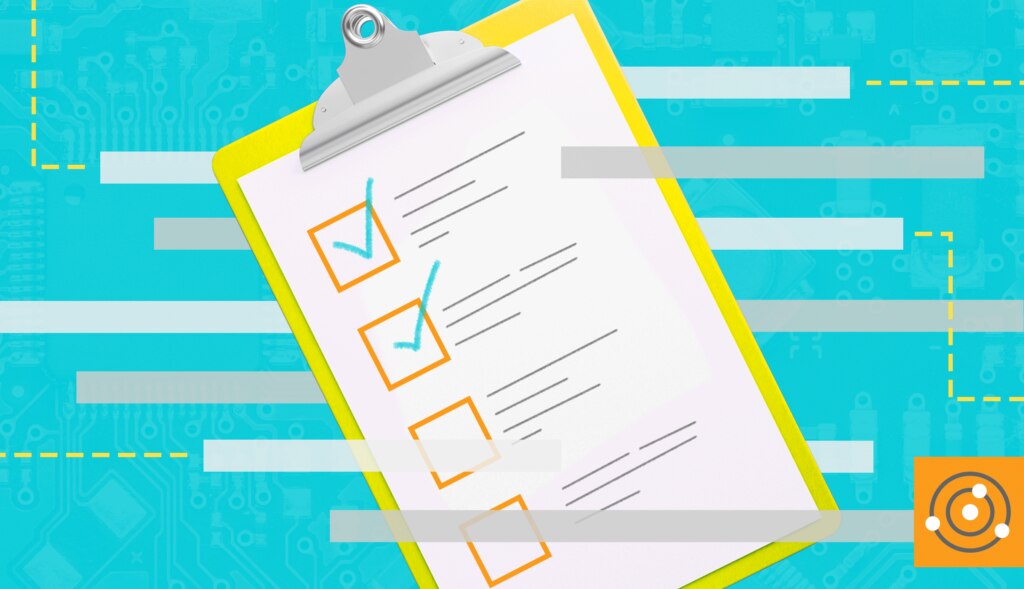Last summer, federal agencies responded to a
request from Sen. Maggie Hassan (D-N.H.) for insights into their IT modernization strategies and how Congress can help in the form of funding. Their pleas were heard.
The recently signed
American Rescue Plan set aside $2 billion for federal technology modernization efforts—half of which will be allocated to high-priority projects through the
Technology Modernization Fund (TMF).
What initiatives should federal CIOs prioritize? Here are four best practices to consider.
- Prioritize network architecture modernization
Agencies should start their modernization initiatives at the network level. Modern software-defined networks are key to providing the flexibility and scalability cloud environments need. SDN network architects can accommodate usage spikes and changing bandwidth requirements, eliminating bottlenecks.
With SDN, many functions of the network infrastructure are also automated, and configuration is simplified because SDN can manage thousands of network switches from a single, centralized controller. This enables agencies to elastically scale the network infrastructure as and when it’s needed to make smarter use of existing resources and budgets.
- Link priorities to mission outcomes
Key to any IT modernization strategy is ensuring goals and priorities are linked to mission outcomes. They must also drill down into how the service is delivered, who uses it, and the current capabilities and limitations of the technology.
To guide modernization efforts, agencies should identify leaders who have a granular command of the environment and system interdependencies and the impact of any changes to the developer, IT, security, and user ecosystem.
- Ensure insight into network operations—even in hybrid infrastructures
IT leaders must investigate and deploy solutions providing insight into network operations and applications no matter where they reside—in the cloud or on-premises. As data moves between the cloud and on-site infrastructures, blind spots can emerge. This holistic insight can also provide much-needed visibility into SDN network components in one place, rather than requiring IT teams to jump from tool to tool.
Only with this complete and clear perspective can network administrators ensure reliable, fast, and well-protected networks.
- Plan and be patient
The Small Business Administration, Social Security Administration, and Departments of Defense and Education each outlined their modernization strategies in response to Hassan’s request. The agencies serious about their modernization plans are reaping the rewards. In its letter to Hassan, SSA
stated it expects to realize efficiency gains of 20% by year three of its modernization efforts with a positive ROI of 12%. The DoD also anticipates reduced operating costs through cloud migration and automation.
Clearly, for IT modernization efforts to succeed, agencies must be meticulous in their plans. They must look to their peers, adopt best practices, and acknowledge patience is key.
This approach has been fully embraced by the Department of Homeland Security. Following a
rigorous audit, DHS adopted a phased approach to its modernization initiatives through 2024. This mammoth undertaking will allow the department (with the help of TMF funds) to modernize its network and move operations to the cloud. DHS will also operate a hybrid computing environment as workloads migrate from its physical data centers.
Funding aside, agencies must focus on the big picture
While Congress-backed funding is a massive step in the right direction for federal IT modernization efforts, no one should lose sight of the fact proper planning, patience, and a clear understanding of the problems agencies are trying to solve will ultimately drive the most successful modernization initiatives.
Find the full article on
Government Technology Insider.
